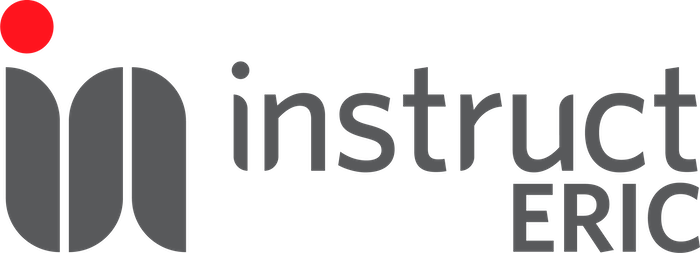Instruct-LT Annual Report Highlights and New Technologies
Technological Advances in 2022
One of the key technological advances made in 2022 at Vilnius University Life Sciences Center (VU LSC) is development of a highly capable, yet inexpensive super-resolution (SR) imaging system “miEye” built by dr. Marijonas Tutkus group. The system design and features are thoroughly described in the recent paper (Alsamsam et al., 2022, doi:10.1016/j.ohx.2022.e00368).
The microscope was built using a CNC milled aluminium body and commercially available optomechanics, with the integration of open-source Python-based microscope control, data visualisation, and analysis software. Data is acquired using industrial-grade complementary metal oxide semiconductor (iCMOS) cameras; acquisition software performs IR beam back-reflection-based automatic focus stabilisation, and allows for laser control via an Arduino-based laser relay. “miEye” contains SM-fiber and MM-fiber excitation paths that are easy to interchange and an adaptable emission path. Also, it ensures <5 nm/min stability of the sample on all axes, and allows achieving <30 nm lateral resolution for dSTORM and DNA-PAINT single-molecule localisation microscopy (SMLM) experiments. This SR microscope is currently used for various macromolecule imaging applications both in vitro and in living cells.
The Electrochemical Impedance Spectroscopy (EIS) is a method of characterizing the electrical properties of interfaces. The developed novel approach at VU LCS extends capabilities of EIS methodology along with the tethering lipid bilayer membranes (tBLM) as model systems for lipid-protein interaction studies (Ambrulevicius, Valincius, 2022, doi.org/10.1016/j.bioelechem.2022.108092, Penkauskas, et.al., 2022 DOI: 10.1007/978-1-0716-1843-1_4). The application of mathematical modelling allowed a purely macroscopic electrochemical methodology to access fine structural information such as size of incomplete protein pores in phospholipid bilayers and to probe structural arrangement of nanoscale defects in phospholipid layer. By this approach was demonstrated the power of the EIS technique not only detect the action of proteins and estimate their densities in lipid bilayers, but also to access information about the structural ordering of pores (channels) in artificial solid supported bilayers. Such EIS data analysis may extend the utility of the electrochemical techniques into the biophysics and biochemistry of the membrane proteins and peptides.
The high-speed AFM SS-NEX system (RIBM, Japan) is available at VU LSC since 2020. High-speed AFM (HS-AFM) has the unique capability to generate high-resolution topographic images of complex biological systems in their native-like state at (sub-)nanometer resolution and to observe dynamic biological processes in real time. It provides the simultaneous assessment of nanometre structural information and dynamics of single protein molecules in action. In the department of Bioelectrochemistry and Biospectroscopy at VU GMC lipid-protein interaction studies, protein binding events, and structural and assembly studies of membrane proteins and pathogens are performed.
Lithuania Structural Biology Activities
- Over 10 scientists, PhD students, and Masters students have successfully acquired expertise in cryo-EM sample preparation and data acquisition through courses offered by Thermo Fisher. This should greatly enhance the utilisation of cryo-EM techniques, both at a local level using the Glacios microscope at VU LSC, and on a broader scale, utilising European infrastructure.
- Two PhD students improved their knowledge and expertise in intensive high-speed AFM summer courses in France. The acquired knowledge will be applied in the infrastructure available at VU LSC and abroad.
